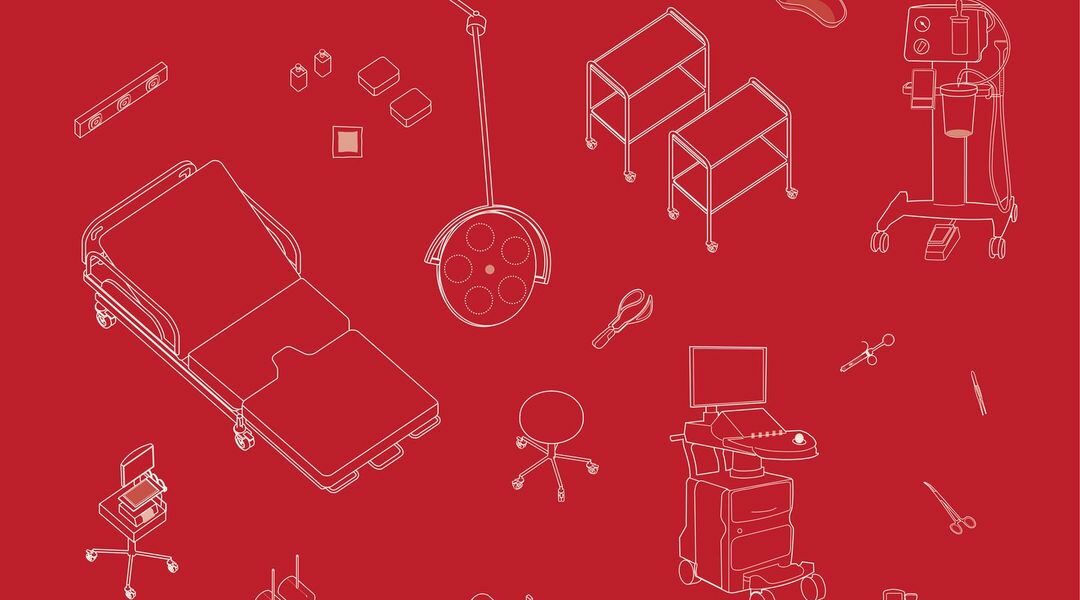
Loviise Talvaru, Birth Space – Towards an Ideal Birthing Experience
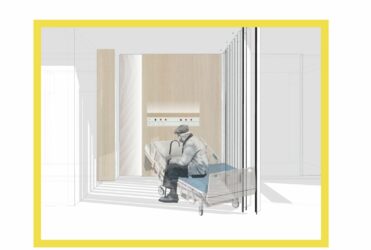
My thesis originates from a personal experience, when I had to spend quite some time at the hospital. There was a moment when I found myself all alone with hand full of pills and pain relievers. With every next dose of medicines, the doctors suggested to pray and hope for the best. There was nothing supportive or encouraging for it. Over-exposed lighting, four walls and modular ceiling panels were emotionally exhausting and I felt even more lonely and helpless.
This master’s thesis investigates medical space, as the environment with purpose to heal. If the first step on design process, are the regulations and medical technology needs, then how is the experience for a person? How to find balance between technology and organic human needs?
Supervisors: Mariann Drell, Jüri Kerkmik, Gregor Taul.
*
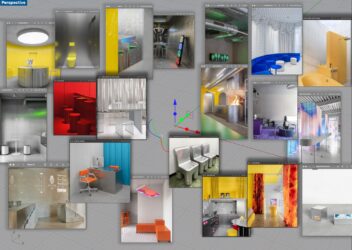
Veera Gontsugova
Influenced by the adoption of the newest technologies and anticipation of the futuristic vision of the meta-world, creatives opt to imitate the digital space when designing interiors for physical. Such design projects blur the boundaries between the digital space and the one we inhabit. The thesis aims to inspect the main points of the intersection of the two, and how digital affects the space in the physical world.
The body of the thesis is divided into three parts. In the Digital chapter, I engage with three different typologies of virtual spaces: commercial, educational and recreational. By observing and analyzing how these spaces are constructed, I learned what features can inspire physical designs. The digital spatial worlds are not yet conveniently inhabitable or fully explored.
Supervisors: Mariann Drell, Jüri Kermik and Gregor Taul.
*
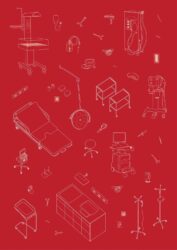
Loviise Talvaru
In this thesis I have examined birth environments in Estonia and identified how to create more calm, peaceful and home-like birth spaces that would have a positive impact on birth outcomes and the childbirth experience. Topics and issues related to birth rooms and departments have been scarcely researched in Estonia. Existing birth spaces are in poor condition, and new designs show repetitive and uniform design practices that are outdated and based on general principles of hospital wards.
Childbirth is not a disease: birth space should be the ideal childbirth environment where new life begins. It must grow from the inside out, based on the needs of the birthing person, the birth support partner, and midwife, providing a natural, modern, and liberating environment.
To create the ideal childbirth environment, I have developed a new guide for renovating and planning/designing delivery rooms together with the elements of a birth environment. In addition, I have applied the principles outlined in the guide to re-designing a birth room in one of the four major hospitals in Estonia, which have the highest birth rate. As a comparison, I created a room with the same area, but in a clean environment like for a new hospital or a birthing center. Furthermore, I designed prototypes of what an ideal childbirth space layout could look like.
Supervisors: Mariann Drell, Jüri Kermik ja
Gregor Taul.
*
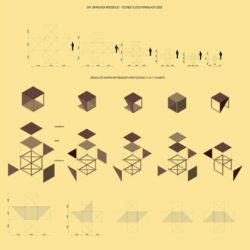
*
Ljudmila Funika-Müür
For me as a spacial researcher was important for to deal with the issue of children’s integration through space creation techniques, so that the focus is on the socialization of children with different native languages.
This thesis refers to the concept of playful integration created for children in the educational environment focusing on the integration of Ukrainian war refugee and neighboring school children. I have observed a large number from the recommendations of linguists to the national integration plan and target group reports. In addition to theoretical and anthropological research, I have relied on information acquired during the observation practice and the results of the survey and interviews.
The design project has sought a spatial solution for the newly created Ukrainian school yard to achieve a playful and shared common space. The proposed concept is built on three areas of the school. The created modular small forms of different sizes that contain integrated immersion games allow various handling and spatial use.
Supervisors: Mariann Drell, Jüri Kermik ja Gregor Taul.
*
Several smaller and more remote regions in Estonia are becoming depopulated. The master’s thesis discusses the issue of the decline of peripheral areas. In addition, approaches the topic in a location-specific manner, focusing on the furthest region of Võrumaa, Orava village. The continuous decline in the number of students at Orava School has led to discussions about partially closing the school building. The aim of the research was to find one possible new conceptual spatial solution for the school building that would help to maintain local education in the first grade and preserve life in the area.
Supervisors: Mariann Drell, Jüri Kermik ja
Gregor Taul.
